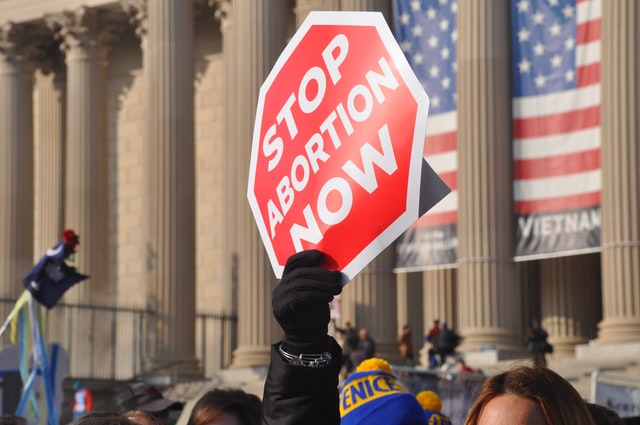Context for the Pro-Life, Pro-Choice debate

TORONTO – As on so many issues, the USA is once again influencing the political discourse in Canada. The American Supreme Court’s (USSC) decision to roll back “rights to abortion” was immediately attacked here in Canada by our political representatives and others.
Canada’s approach to the public discourse on this topic has been conditioned by both our own Supreme Court decision on the Morgentaler “legal cases” and our federal government’s legislative response in 1989-90. I was a newly elected MP at the time. The “facts” collected and informing public debate were virtually non-existent, relative to those ready at hand today for those with a desire or an obligation to engage or to guide thoughtful discussion. Whether we like it or not, that discussion will be held.
At the Corriere Canadese, we have compiled some of that data to temper emotions, ideologies and public policy demands. I will admit some of the numbers are surprising, our readers can be the judge. A former colleague, Tom Wappel, a Liberal MP, who was vilified for his position was constantly under threat of expulsion from the Party, noted, at the time that, “ironically, only the non-aborted can take part in this debate”.
Be that as it may, our intention is to research the numbers so that our readers will be informed in a way that the MPs in Parliament thirty years ago may not have been.
The Hon. Joe Volpe, Publisher of Corriere Canadese
Here is some of the data collected and collected by Thought.co (www.thoughtco.com) in an article by Linda Lowen, a journalist who specializes in women’s issues. The numbers were picked up by the same reporter from the Centers for Disease Control and Prevention (CDC) and the Guttmacher Institute, which manages the research for the Planned Parenthood Federation of America.
Unintended Pregnancies Account for About Half of all Pregnancies CNN has reported that between 2006 and 2010, 51% of U.S. pregnancies were unintended, but this figure is actually dropping. It was only 45% during the period from 2009 through 2013. The study of almost 2,000 pregnancies was conducted by the Centers for Disease Control and Prevention.
About One Percent of Pregnancies Ends in Abortion The CDC also found that 11.6 abortions were performed per every 1,000 women in 2016, the last year for which comprehensive statistics are available. This was down 5% from the previous year. A total of 623,471 abortions, a record low, were reported to the CDC in 2016.
Over Half of Women Choosing Abortions are Under Age 25 Teenagers accounted for 19% of the abortions reported in 2009, and women age 20 to 24 accounted for 33%, according to People Concerned for the Unborn Child, a pro-life organization. This, too, is changing, however slightly. The rate for women under age 20 fell to 18% by 2013.
Women of Color Are More Likely Than White Women to Get Abortions Black women are almost four times as likely as white women to terminate a pregnancy, while Hispanic women are 2.5 times as likely as white women to get an abortion. Non-Hispanic white women accounted for 36% of abortions in 2013.
Unmarried Women Account for Two-Thirds of All Abortion Recipients Overall, the abortion rate among unmarried women was 85% in 2009, according to the CDC. This figure remained about the same in 2013, but society’s attitudes about out-of-wedlock pregnancies have rapidly evolved since the mid-20th century when single pregnant women were shunned, sent away, or quickly married off. Today, being pregnant and unmarried no longer carries the same stigma, but single parenting remains a challenging undertaking when it comes to childcare or paying for a child’s expenses.
Almost Half of All Women Having Abortions Live Under the Federal Poverty Line About 42% of women having abortions lived under the poverty line in 2013, and an additional 27% had incomes within 200% of the federal poverty line. This totals 69% of low-income women. The link between socioeconomic status and abortion has yet to disappear.
Photo by Maria Oswalt on Unsplash



